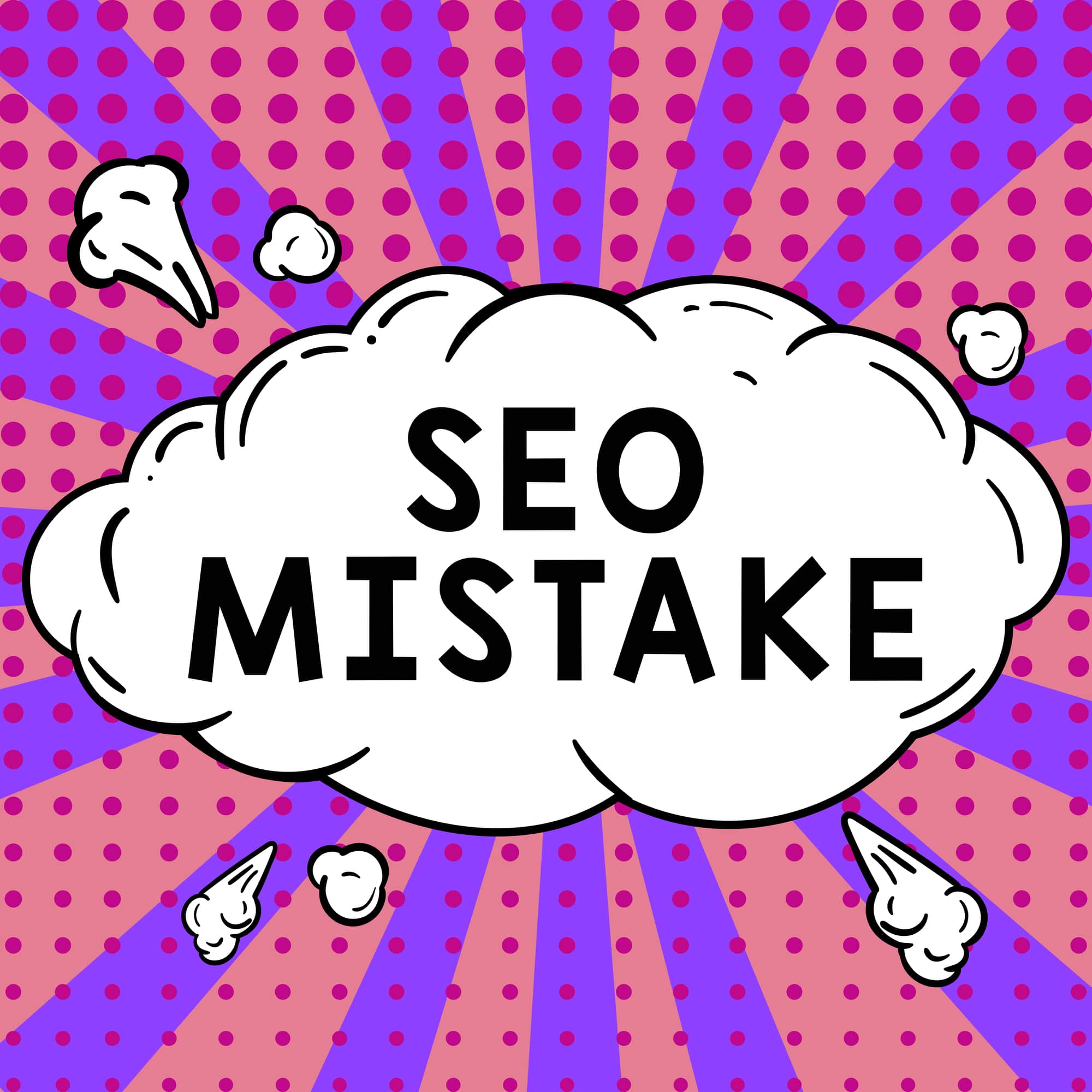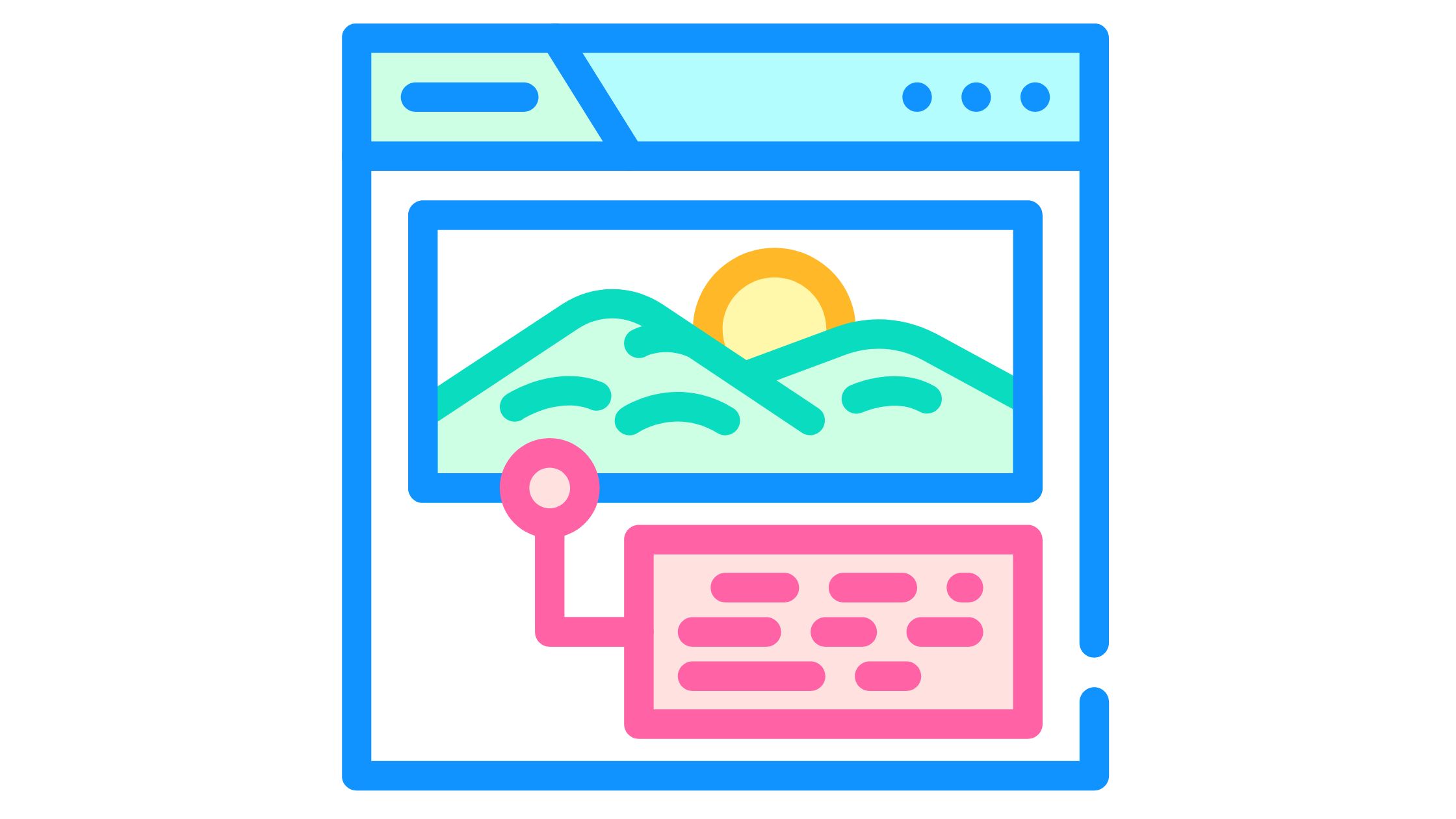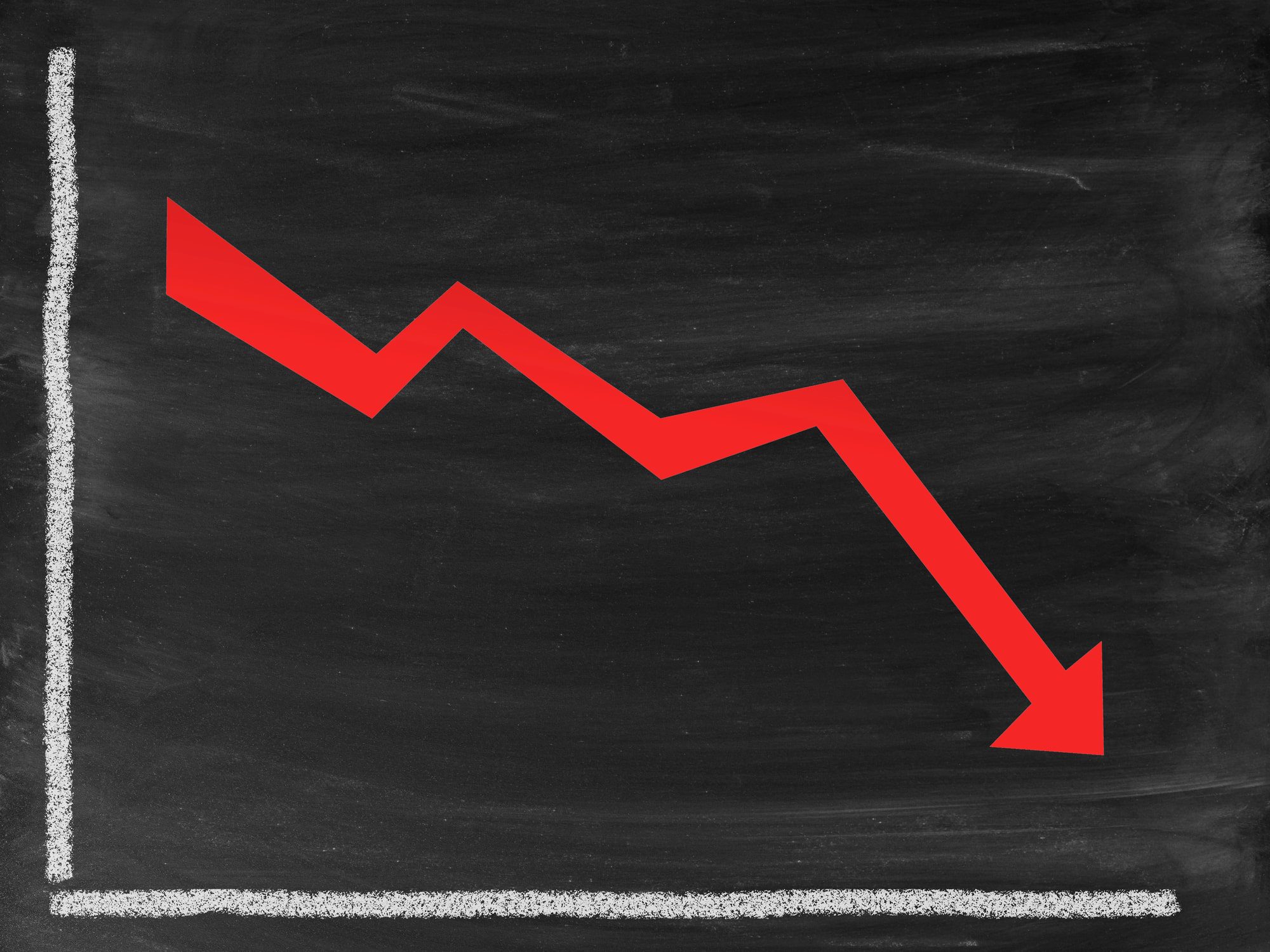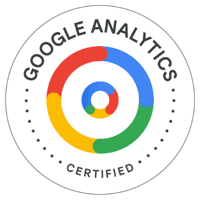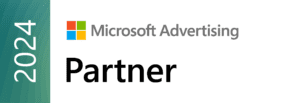 The web is a visual place and proper use of imagery matters. The written word, no matter how informative and prosaic it may be, won’t get significant traction without a good visual presentation. But the value of images goes even beyond that. How you implement them on your website can have a significant effect–for better or worse–on your search position. Here are three image SEO tips that can give you a rankings lift.
The web is a visual place and proper use of imagery matters. The written word, no matter how informative and prosaic it may be, won’t get significant traction without a good visual presentation. But the value of images goes even beyond that. How you implement them on your website can have a significant effect–for better or worse–on your search position. Here are three image SEO tips that can give you a rankings lift.
Use The Title, Description and Alt Text Area
It can be easy to ignore the area in your content management system where you can give a title, description and alt text to each image. After all, some website visitors won’t see either one. But ignoring these spaces of digital real estate is a mistake.
First off, some people will see them–a visually impaired person browsing your site may be using a tool that simply shows the description of an image instead of the image itself. If your title is ArticleImageFile1.jpg and the description and alt text are left blank, they won’t know what’s supposed to be there.
While you may think the number of people impacted here might be small, adding these items is an important tenet of having a website that is accessible. And depending what industry you’re in, making your website accessible to the visually impaired may be subject to regulation under the Americans For Disabilities Act.
Furthermore, search engines will take notice. Every single time they crawl your site. Search algorithms like precision and knowing exactly what content is about before they give it–or any written content associated with it–a good ranking. Leaving the title and description blank is a missed opportunity to provide that descriptive precision and leaves the door open for your competitors.
Pick The Right Format
The most common image format is the jpg. The universality of this format means it’s supported by every browser. JPGs are generally considered the best format to use for photos. But it is not always the right choice.
When a jpg image is compressed (something we’ll talk more about in a moment), there is data loss, which can impact image quality. More often than not, the quality loss isn’t enough to override the benefits of jpg. But there are two other options that have their place. The GIF has a small size and is ideal for company logos and other smaller page elements. On the other end of the spectrum is the PNG, which compresses large images without a loss of data.
If you choose to implement a GIF or PNG on your website, make sure the browsers used by the majority of your visitors (data you can find in Google Analytics) will support those formats.
Sizing & Compression
Loading time is a critical factor for SEO ranking and nothing can slow down a website loading like a big image. That means you need to pick the right size for your image and then make sure it’s compressed.
WordPress helps in the sizing process. They offer you some standard resizing options–Large, Medium and Small–that will do it automatically. Keep in mind though, that this resizing is still proportionate to the size of the original image. So if you uploaded an image that was 5000 x 3000, it’s still going to be enormous if you insert the Small version into your content. There are a lot of free tools online to resize images, including within WordPress itself. So make sure your base image is at an appropriate size.
Compression is different from size. Compression refers to the amount of data within an image. When you use a compression tool, you are removing or reorganizing the data to reduce the bytes within an image. This is a necessary process for a lot of images, but be aware that there will be a reduction in quality. You need to find a sweet spot that allows reasonable image quality while still getting the SEO benefits of compression.
Images are all over the web and they represent a tremendous marketing opportunity for your content. It’s important that implementation be done correctly.
Looking for ways to drive more qualified visitors to your website? Give us a call today at 443.475.0787 or Contact Us online.
